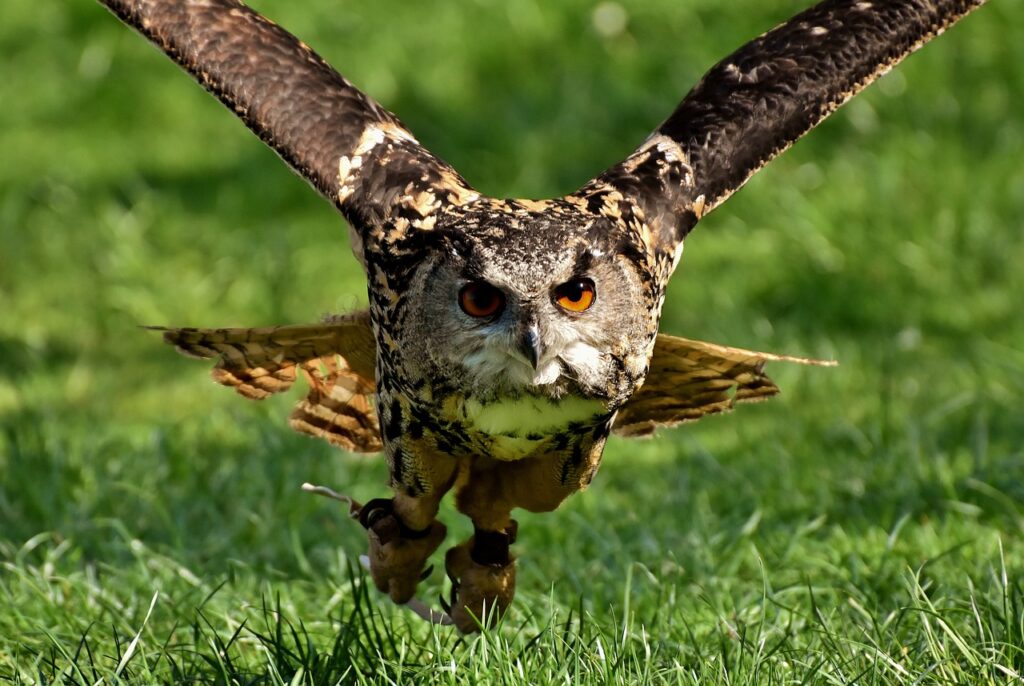Owl Attacks Now On The Rise?
Owl attacks are getting more common in Washington State due to suburban expansion putting territorial owls in closer contact with people.
This article is more than 2 years old
Those who live near forests or wilderness areas are used to seeing abundant wildlife and the warnings that sometimes come with their presence. But news of a new wildlife warning comes as a surprise. That warning is a caution about owl attacks, which are on the rise.
One Washington state woman named Kirsten Mathisen discovered this new form of wildlife danger firsthand. NPR interviewed her to learn her fascinating story. And in so doing, they learned of the dangers posed by a particular species of owl.
Mathisen loved taking walks on a trail near her home. On one such walk, something struck her in the back of the head. She said, “it felt like getting punched in the back of the head by someone wearing rings.” Upon turning around, she saw an owl and promptly took photos of it.
It was a white barred owl. And its attack left Mathisen cut and bleeding. A week later, the owl struck again.

Only this time, it was closer to her home. The subsequent attack was far worse. The owl gave Mathisen six deep wounds.
She contacted local wildlife authorities about the owl attacks. Unfortunately, they were slow to respond to her. So she took to Reddit to try and find answers.
There, she discovered that she was not alone. She found many Redditors talking about owl attacks that they had experienced. The owl attacks in Washington state are so common that a local city even put up a warning sign.
NPR spoke with wildlife biologist Jonathan C. Slaght about the owl attacks on Mathisen. He confirmed that the owl in her photo was a barred owl. And he said they are “aggressive owls and they’re highly territorial.”
Traditionally barred owls make their home in trees. But with the expansion of suburbs, it is increasingly difficult for the owls to keep their distance from humans.
Slaght said, “the more you reduce the places where an owl can nest, the more likely it’s going to be nesting somewhere in close proximity to humans. If they’re kind of amped up and a fox walks by, a deer walks by, a human walks by, whatever, they’ll pop down and try to chase it off.” The overly aggressive actions by Mathisen’s attacker suggest that it is pre-breeding or nesting.
But the good news for Mathisen and other victims of the aggressive owl is that this behavior is seasonal. Slaght told NPR that “It’s not like forever. This will sort of work its way out.” That is a positive step in the long term but not immediately comforting.
However, Mathisen is not ready to throw in the towel yet. She intends to continue her walks, owl or no owl. But she knew she needed to make some changes, so she started by changing her route.
Now when she goes for walks, it is nowhere near the owl’s territory. And she’s opted for an abundance of caution. Mathisen now wears a hat or carries an umbrella to ward off future owl attacks.




